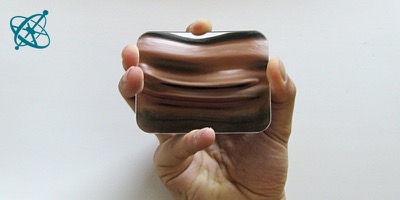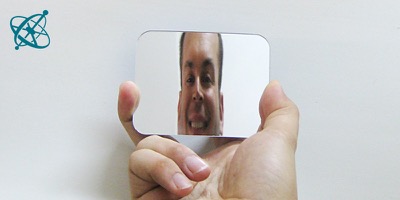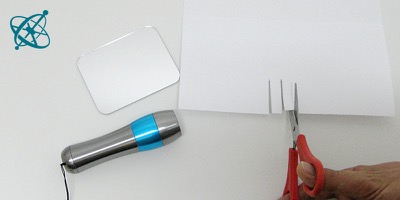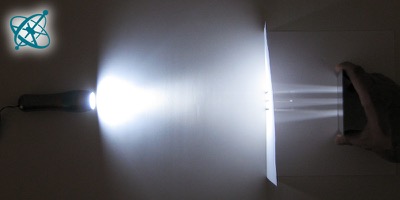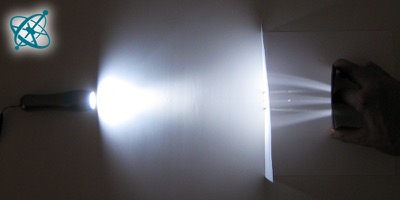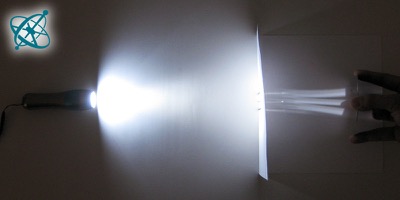 www.sciensation.org | Ciênsação hands-on experiments are published as Open Educational resources under a Creative Commons Attribution-ShareAlike 4.0 International License.
www.sciensation.org | Ciênsação hands-on experiments are published as Open Educational resources under a Creative Commons Attribution-ShareAlike 4.0 International License.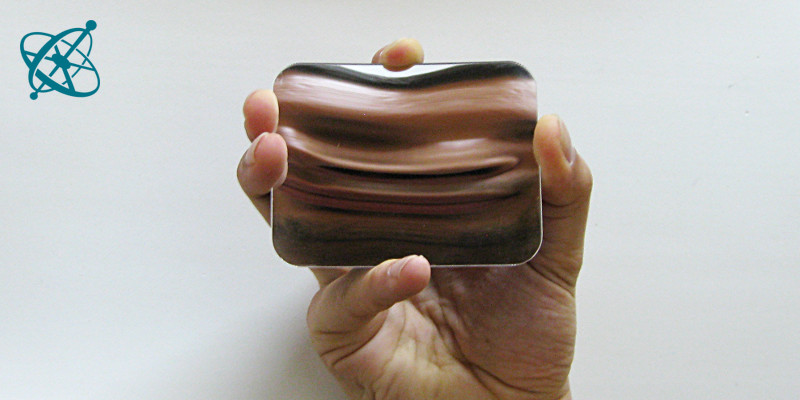
Curved mirrors never…

…fail to entertain. But what do they do to light?
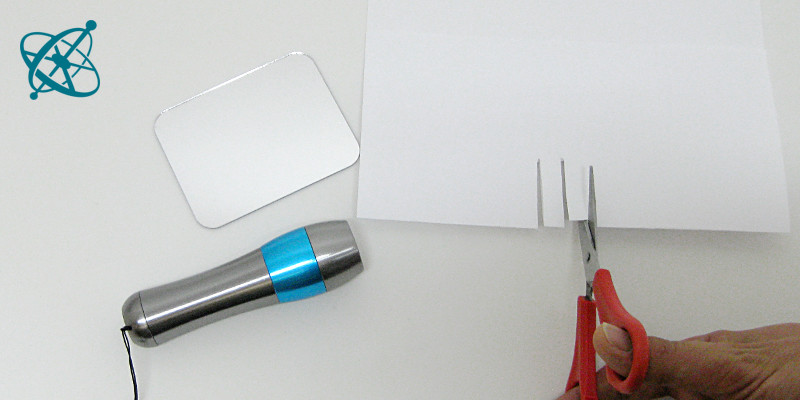
Fold a sheet of paper and make some cuts.
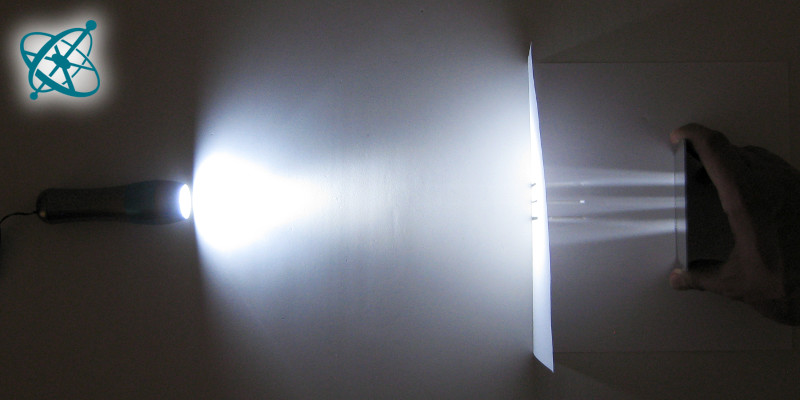
Shine light through these slits onto the mirror…
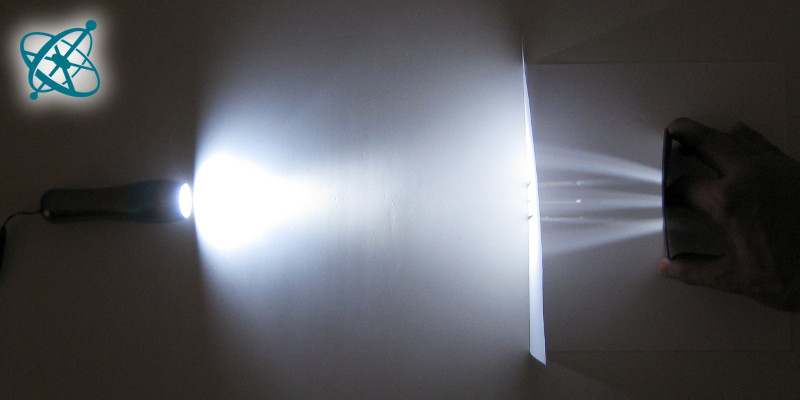
…and then bend the mirror to see how the light rays…
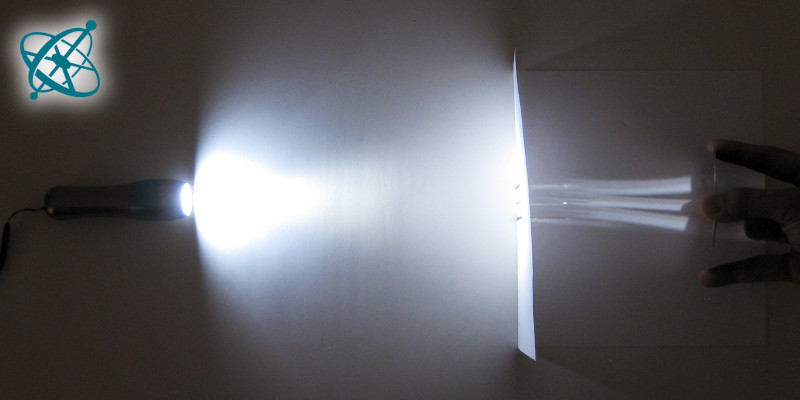
converge or diverge after the reflection.
Curved mirrors
Concave and convex mirrors are a fun way to introduce ray-optics. With simple means, you can make light rays visible and even manipulate them by bending the mirror. Your students will thus gain an intuitive understanding for the use of light rays to model optical systems.
Gaining first-hand experience with the concept of ray optics.
Parallel light rays diverge after the reflection on a convex (outward bulging) mirror.
Parallel light rays converge after the reflection on a concave (inward bulging) mirror.
Watch your reflection in the mirror while you bend it slightly.
1. What bending of the mirrors leads to what stretching of the picture?
Fold a sheet of paper and cut narrow slits in it. Then shine the light of a torch through the slits onto the mirror. If you hold the mirror slightly tilted forward, you can see the reflected light rays on the paper.
2. What happens to the light rays when you bend the mirror?
3. How can you explain the distortion of your face in a bent mirror with this experiment?
This experiment primarily serves as motivation to introduce ray-optics: Once your students have a first-hand experience with their own 'light rays laboratory', the discussion of the third question will transit almost automatically to drawings of light rays on the whiteboard to explain the image formation.
